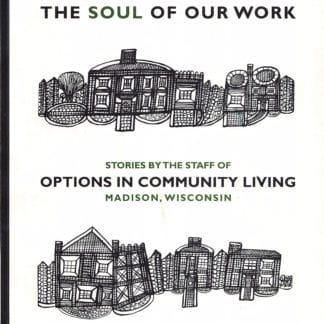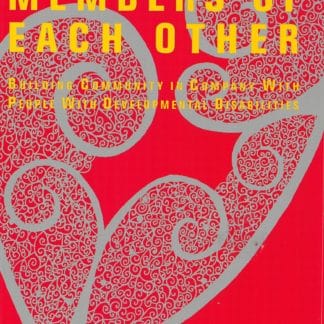Developing Individualized Supports While Closing Institutions
John O’Brien & StevenJ. Taylor
1996 Impact
Policy makers and administrators face a significant leadership challenge in developing, negotiating, and implementing strategies to effectively balance two important goals:
• To close institutions within a reasonable period of time by moving hundreds of people from institutions into local services and, in many cases, expanding the system to provide services to people now living with their families.
• To create individualized community supports for as many people as possible by changing the pattern of service provision to encourage the development of services basea on individual choice and needs, rather than placing people into programs designed to serve groups on the basis of common, professionally assessed characteristics. The image of moving from a few, pre-defined roads moving in a single direction to many, brancning paths captures one aspect of this transformation.
Both of these goals are highly desirable; people now living in institutions deserve the chance to live outside the restrictions and stigma of institutional life, and all people with developmental disabilities benefit from supports developed to fit their individual capacities, interests, and needs. Achieving either goal is demanding: implementing a substantial increase in local service capacity and moving a large number of people into new arrangements while honoring commitments to family members, local agencies, and state worl<ers calls for effective administration; learning to transform the ways in which people receive necessary support requires strong and sl<illful leadership, Pursuing both goals within a short span of time creates a powerful strategic problem:



